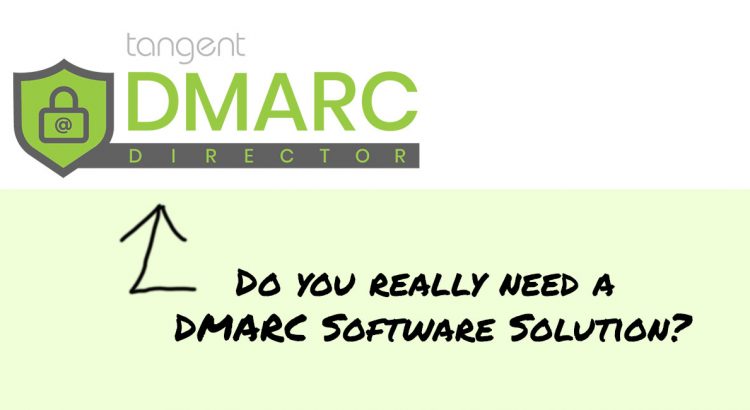In layman’s terms, DMARC prevents email from spoofing and protects email attacks such as phishing and email fraud. To implement DMARC, one would need to set up, monitor and review their DMARC policy. That’s where things can get sticky. Now, unless you’re a programmer, and love looking at code constantly. A Matrix looking screen may […]
